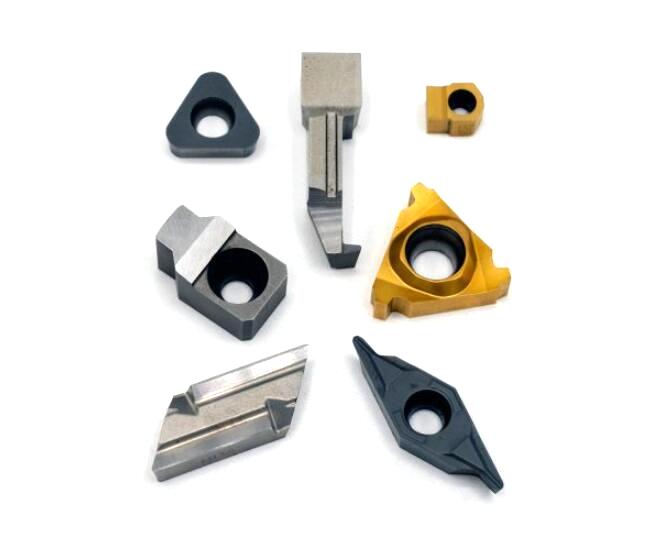The Future of Machining: Exploring the Latest Carbide Insert Product Innovations
Home › Product News › The Future of Machining: Exploring the Latest Carbide Insert Product Innovations
Home › Product News › The Future of Machining: Exploring the Latest Carbide Insert Product Innovations

In the ever-evolving world of machining, carbide insert products have become synonymous with high-performance and efficiency. These cutting tools, made from a combination of tungsten carbide and cobalt, have revolutionized the industry with their exceptional hardness, wear resistance, and ability to withstand high temperatures. As technology continues to advance, manufacturers are constantly pushing the boundaries of carbide insert product innovations, paving the way for the future of machining.
One of the key areas of focus in carbide insert product development is enhancing tool life and durability. Manufacturers are investing in research and development to create carbide inserts with improved wear resistance, allowing them to withstand even the most demanding machining applications. By incorporating advanced coating technologies, such as chemical vapor deposition (CVD) and physical vapor deposition (PVD), carbide inserts can now offer extended tool life, reduced tool changeovers, and increased productivity.
Another exciting trend in carbide insert product innovations is the development of specialized geometries and cutting edge designs. Traditional carbide inserts typically feature square, round, or triangular geometries. However, manufacturers are now introducing innovative insert designs that are tailored to specific machining applications. These new geometries, often characterized by complex shapes and multi-edged cutting edges, allow for enhanced chip evacuation, reduced cutting forces, and improved surface finishes. These advancements are particularly beneficial in high-speed machining, where precision and efficiency are paramount.
Furthermore, the future of carbide insert products lies in the integration of advanced materials and technologies. For instance, nanotechnology is being explored to enhance the properties of carbide inserts. By manipulating the structure and composition of the carbide material at the nanoscale, manufacturers can further improve hardness, toughness, and heat resistance, ultimately leading to superior performance and longer tool life.
Additionally, the use of additive manufacturing, commonly known as 3D printing, is gaining traction in the production of carbide insert products. This technology allows for the creation of complex geometries and customized designs that were previously challenging to achieve. By leveraging additive manufacturing, manufacturers can optimize the performance of carbide inserts by precisely controlling the distribution of carbide particles and binder materials, resulting in improved cutting performance and efficiency.
The future of machining also involves the integration of digitalization and data-driven solutions. Carbide insert products are becoming smarter, with embedded sensors and connectivity capabilities that enable real-time monitoring of tool conditions and performance. This data can be analyzed to optimize machining processes, predict tool wear, and enable proactive maintenance, leading to increased productivity and cost savings.
In conclusion, the future of machining is undoubtedly intertwined with the continuous advancements in carbide insert product innovations. From improved wear resistance and specialized geometries to advanced materials and digitalization, manufacturers are pushing the boundaries to enhance the performance, efficiency, and longevity of carbide insert products. As these innovations continue to unfold, the machining industry can expect to achieve new levels of precision, productivity, and competitiveness.
Write a Comment